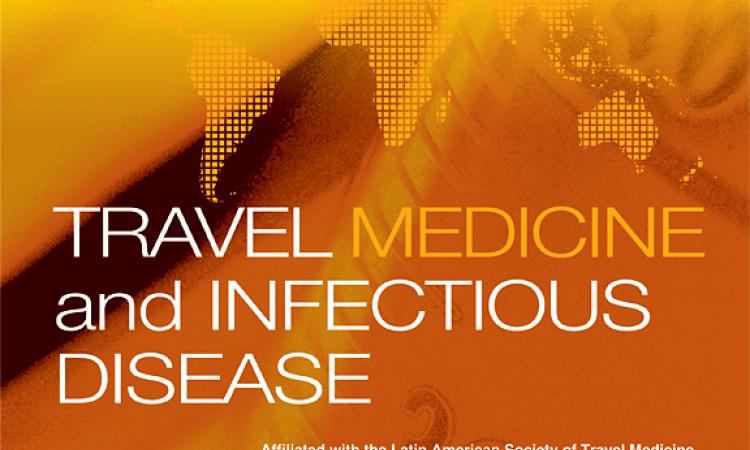 Spatial distribution of Zika in Honduras during 2016–2017 using geographic information systems (GIS) – Implications in public health and travel medicine☆
Spatial distribution of Zika in Honduras during 2016–2017 using geographic information systems (GIS) – Implications in public health and travel medicine☆
Abstract
Background
Zika virus (ZIKV) infection has significantly affected Latin America in 2015–2017. Most studies have been reported from Brazil and Colombia, and only a few from Central America. For these reasons, we analyzed the incidence, incidence rates and evolution of cases in Honduras from 2016 to 2017.
Methods
Using epidemiological weeks (EW) surveillance data on the ZIKV epidemics in Honduras, we estimated incidence rates (cases/100,000 population), and developed maps at national, departmental and municipal levels.
Results
From 1 January 2016 to 31 December 2017, a total of 32,607 cases of ZIKV were reported (98.5% in 2016 for an incidence rate of 36.85 cases/100,000 pop; 1% confirmed by RT-PCR). The highest peak was reached on the EW 6°, 2016 (2559 cases; 29.34 cases/100,000 pop). The department with the highest number of cases and incidence rate was Cortés (13,128 cases, 791.08 cases/100,000 pop in 2016).
Discussion
The pattern and evolution of ZIKV infection in Honduras have been similar to that which occurred for chikungunya in 2015. As previously reported, infection with chikungunya involved predominantly the central and capital area of the country, reaching incidences there >750 cases/100,000 pop. Studies using geographical information systems linked with clinical disease characteristics are necessary to attain accurate epidemiological data for public health systems. Such information is also useful for assessment of risk for travelers who visit specific areas in a destination country.




Comentarios